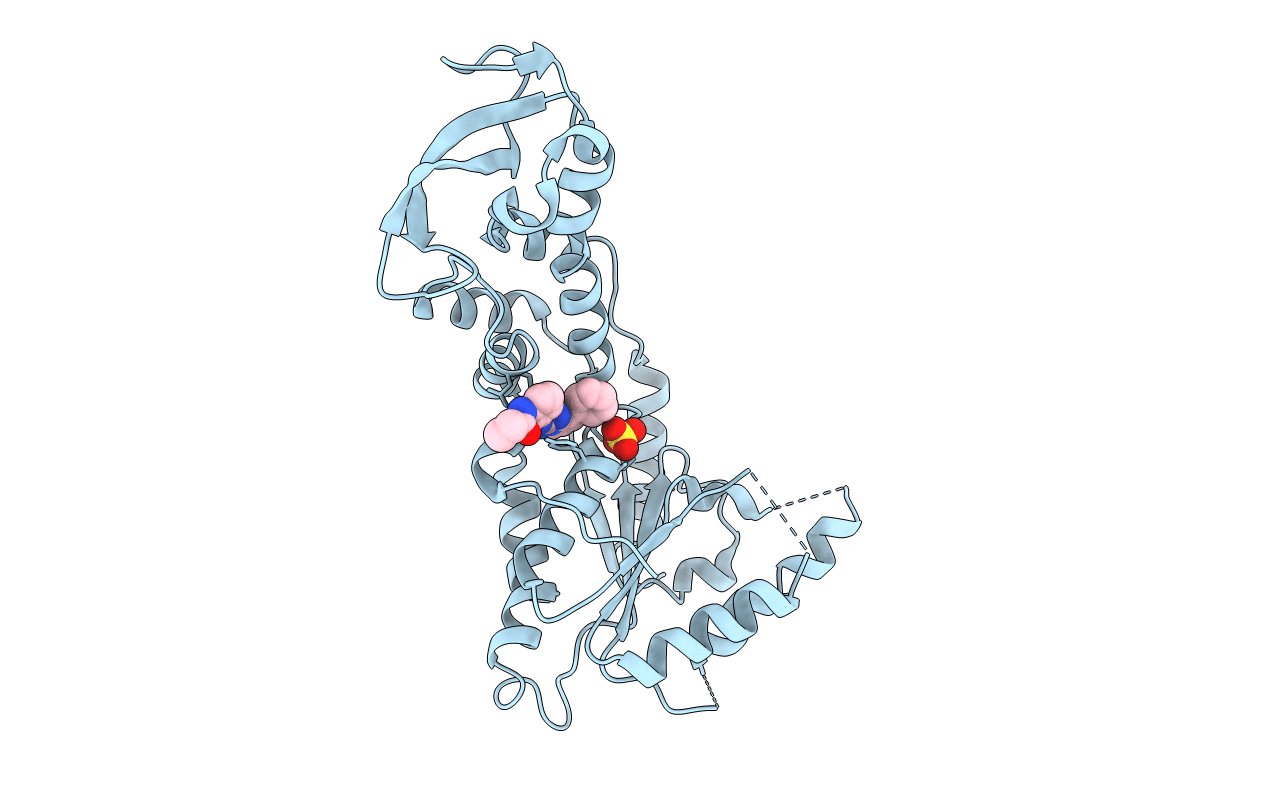
Deposition Date
2021-01-05
Release Date
2021-04-14
Last Version Date
2024-10-30
Entry Detail
PDB ID:
7L9X
Keywords:
Title:
Structure of VPS4B in complex with an allele-specific covalent inhibitor
Biological Source:
Source Organism:
Homo sapiens (Taxon ID: 9606)
Host Organism:
Method Details:
Experimental Method:
Resolution:
2.81 Å
R-Value Free:
0.26
R-Value Work:
0.20
R-Value Observed:
0.21
Space Group:
P 65


